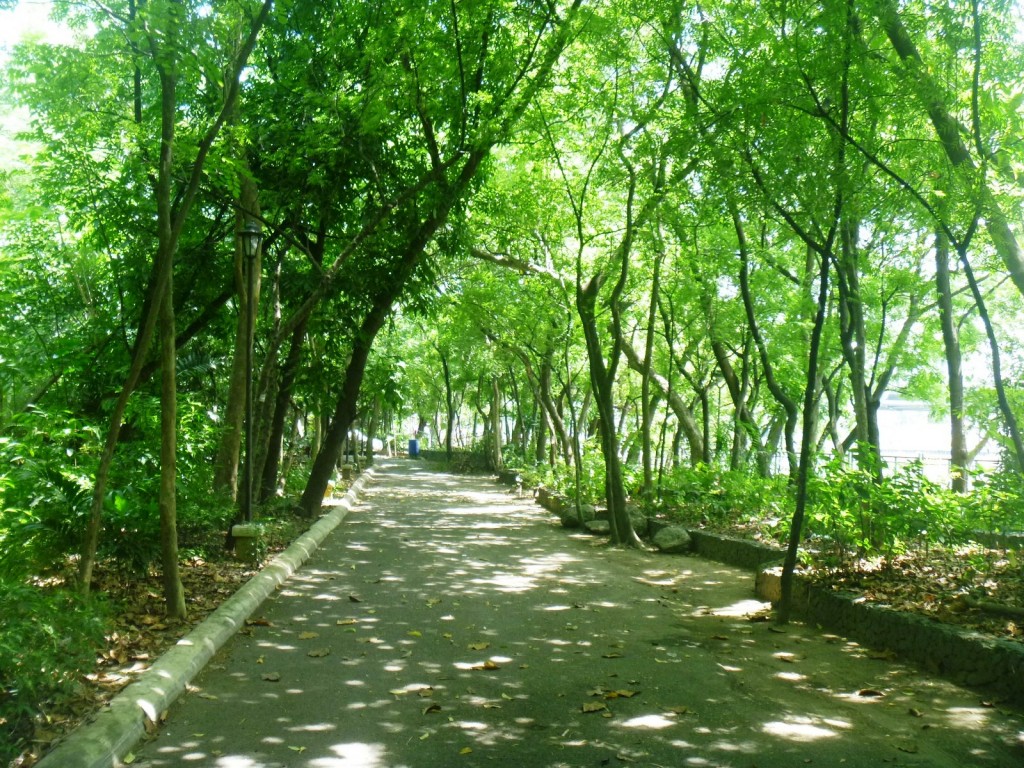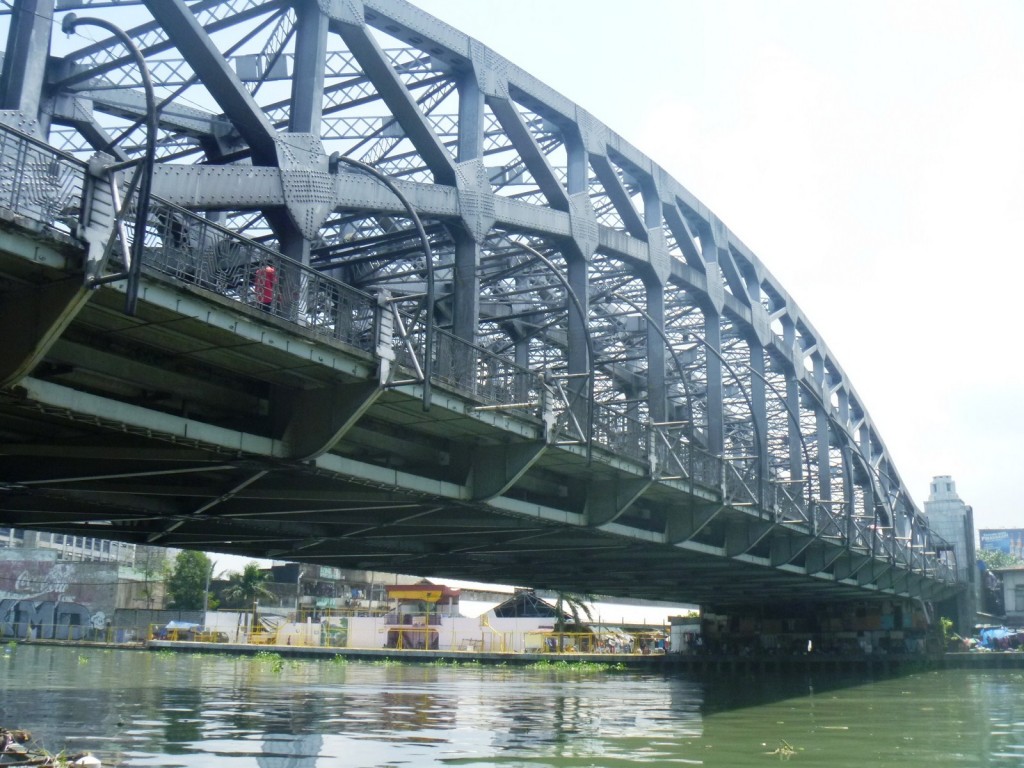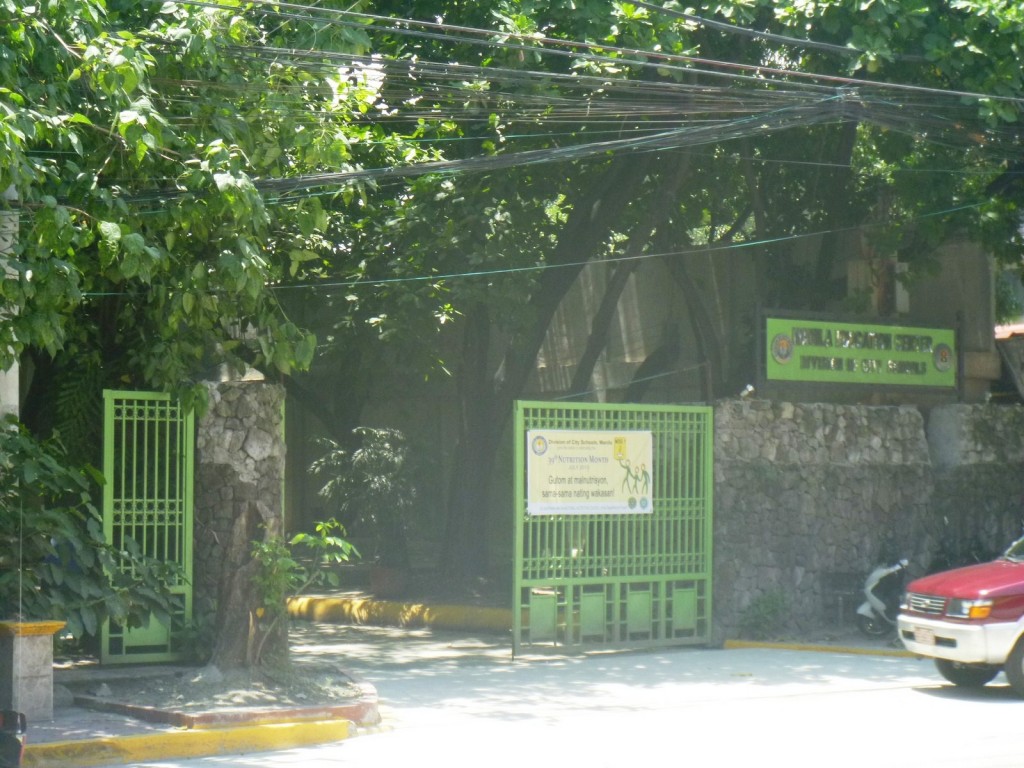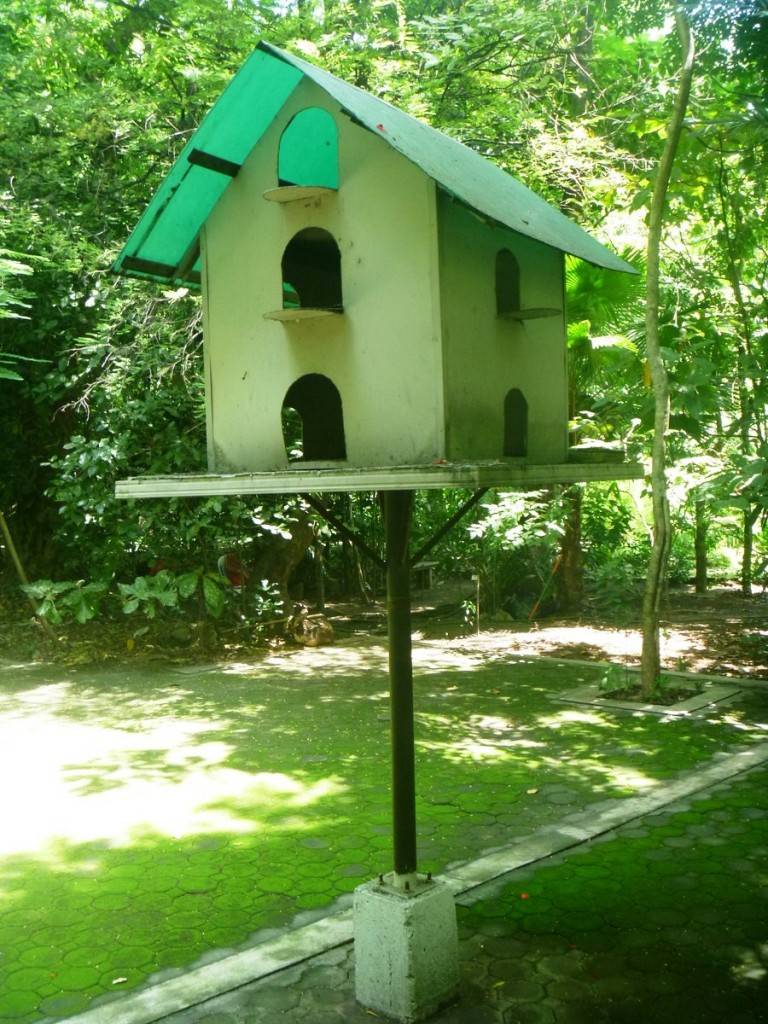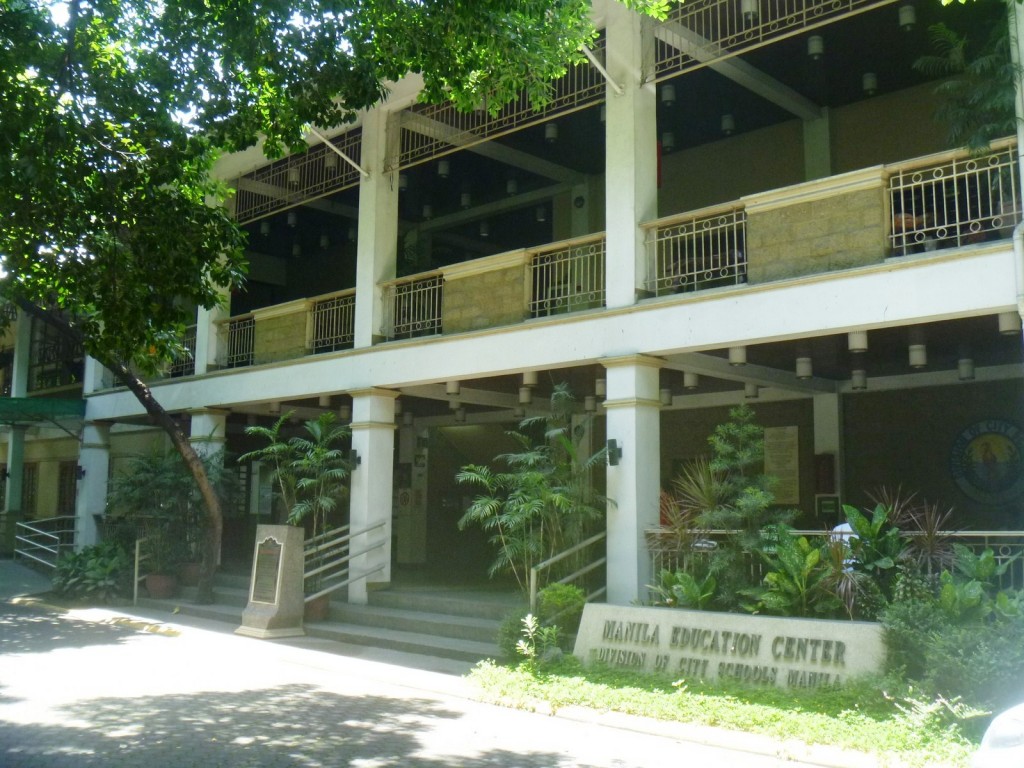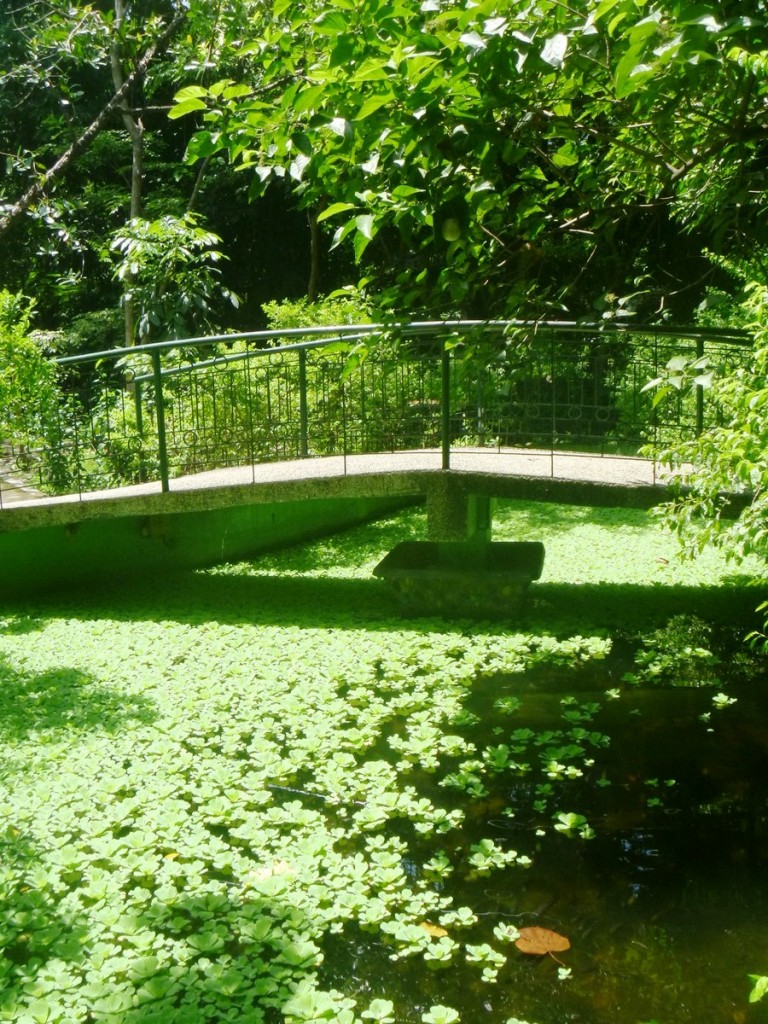I was slated to join a group being assembled by Mr. Lawrence “Rence” Chan (who hosts the Royal Postal Heritage Tour) as part of a special documentary tour with the GMA 7 I-Witness team tasked to feature the sorry plight of the now-abandoned and unused Metropolitan Theater. However, as I arrived very early, I decided to explore the nearby Arroceros Forest Park.
Located in the middle of Manila, on the western bank of the Pasig River, beside the LRT Central Terminal Station and right beside the point where one end of the Quezon Bridge (formerly Puente Colgante) is situated, this small but valuable pocket of green is the only secondary forest left in the entirety of this noisy and polluted metropolis.
Upon entering its gate, I was literally transported to a different world as this 2.1428-hectare mini forest park was intended, by former Mayor Alfredo Lim, as a refuge of Manileños from the chaos and pollution of this rapidly urbanizing city. In 1992, the city government purchased this abandoned riverside lot, for PhP60 million, from the Land Bank of the Philippines.
The park has a rich history, though, it being the site of a 16th and 17th century trading post where Filipino rice dealers in Pasig River engaged in barter with visiting Malay and Chinese traders. The name arroceros was derived from the Spanish words meaning “rice dealer.” Later, it became the site of the historic Fabrica de Tabacos. during the 19th century and, site of a military barrack (Estado Mayor) during the American era.
Though almost a half of its original area (and 70% of the trees) has been irretrievably lost to the concrete structure of the Manila Education Center of the Division of City Schools (another ill-conceived project, built in 2002, of former city mayor Lito Atienza), it still plays host to a diverse array of 8,000 ornamental plants (pink frangipani, palm fronds, etc.) as well as 10 kinds of city-dwelling avian wildlife (sparrows, bulbuls, etc.). Currently, the park is being maintained by Winners’ Foundation Inc. with the help of the Catholic Women’s Club.
To enhance the park’s visual appeal, some minimal landscaping was done, mostly in the form of walking paths, thus enabling visitors to walk within the park. The 61 varieties of trees in the park (labeled accordingly), which insulate the visitor from the noise, heat and pollution, include talisay trees (Terminalia catappa), acacia trees (Acacia confusa), narra trees (Pterocarpus indicus), mango trees, ficus rubber trees (Ficus elastica), mahogany trees (Swietenia mahogani) and Indian neem trees (Azadiratsa indica). Despite its diminished size, this accessible and calm oasis, the “last lung of Manila,” was still worth a visit.

